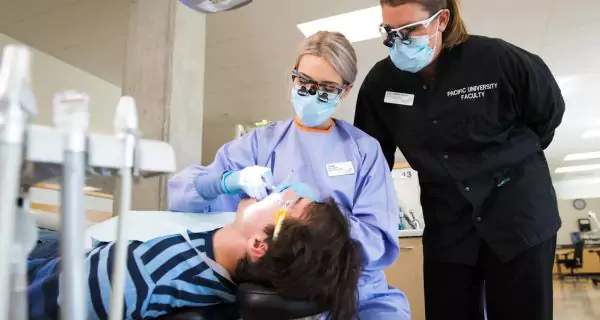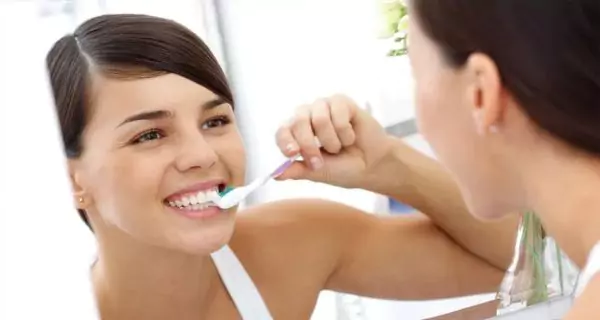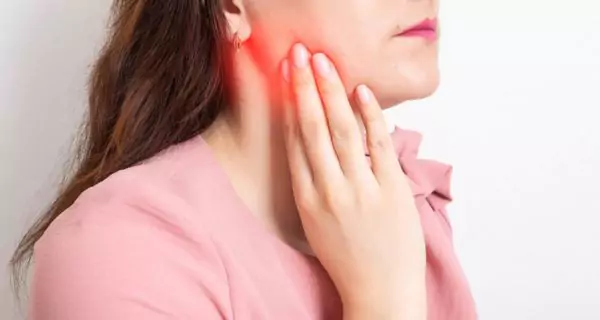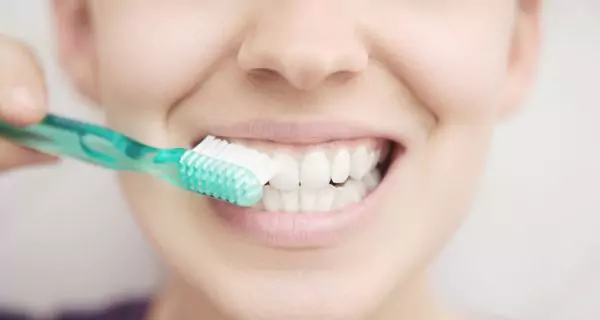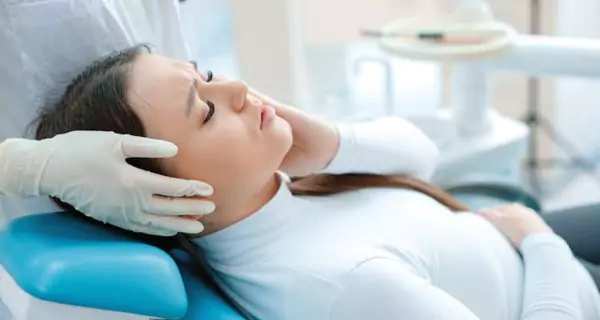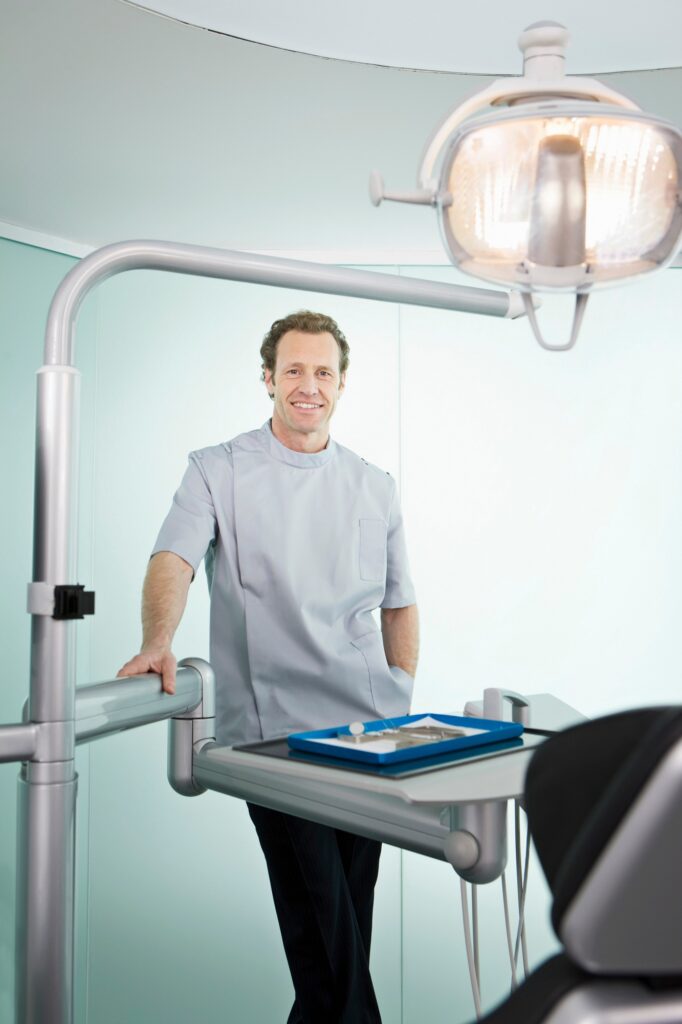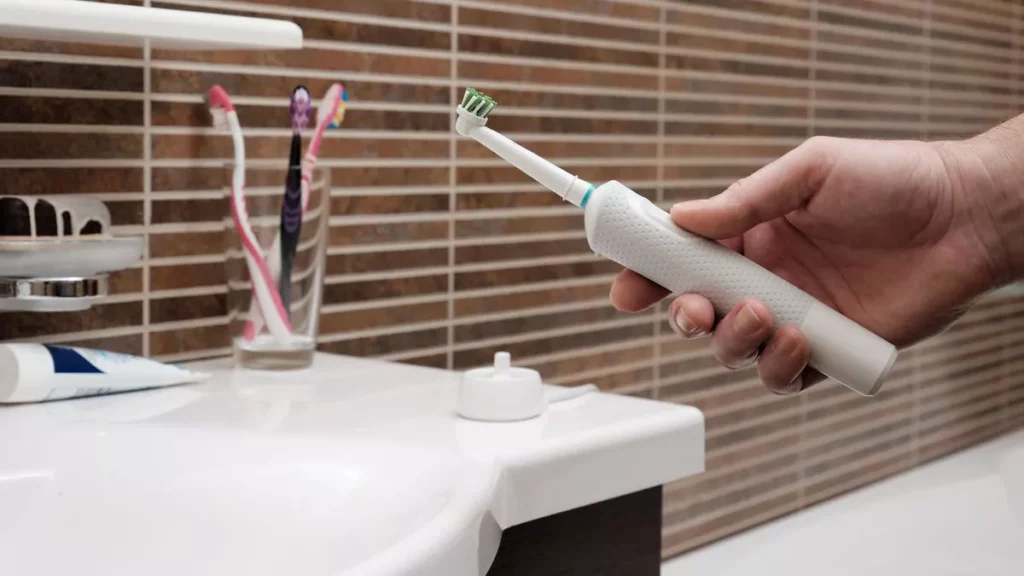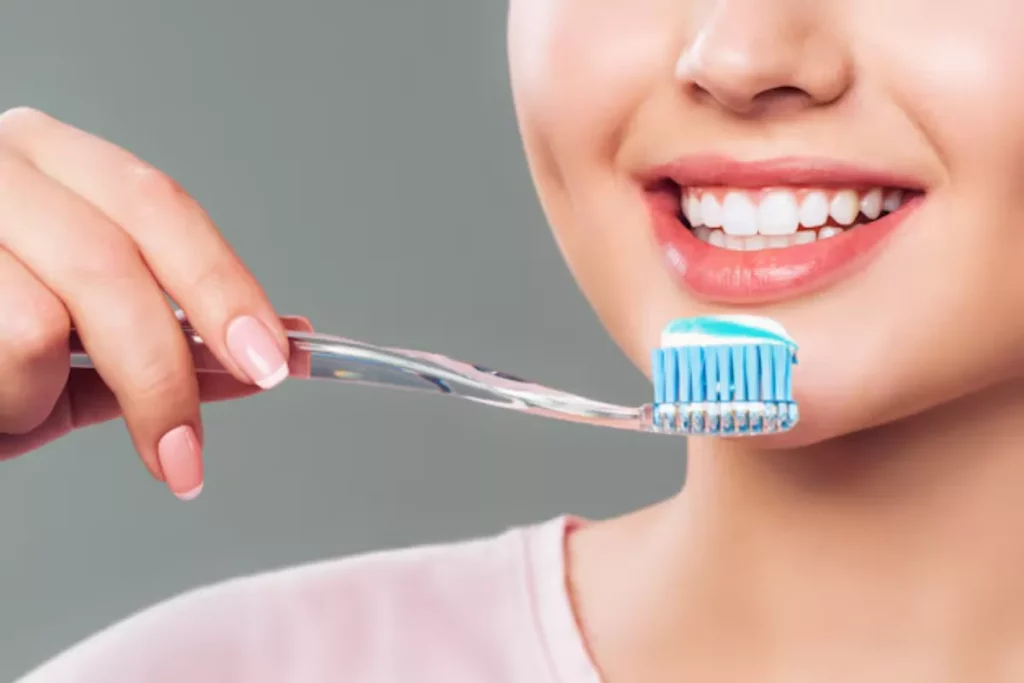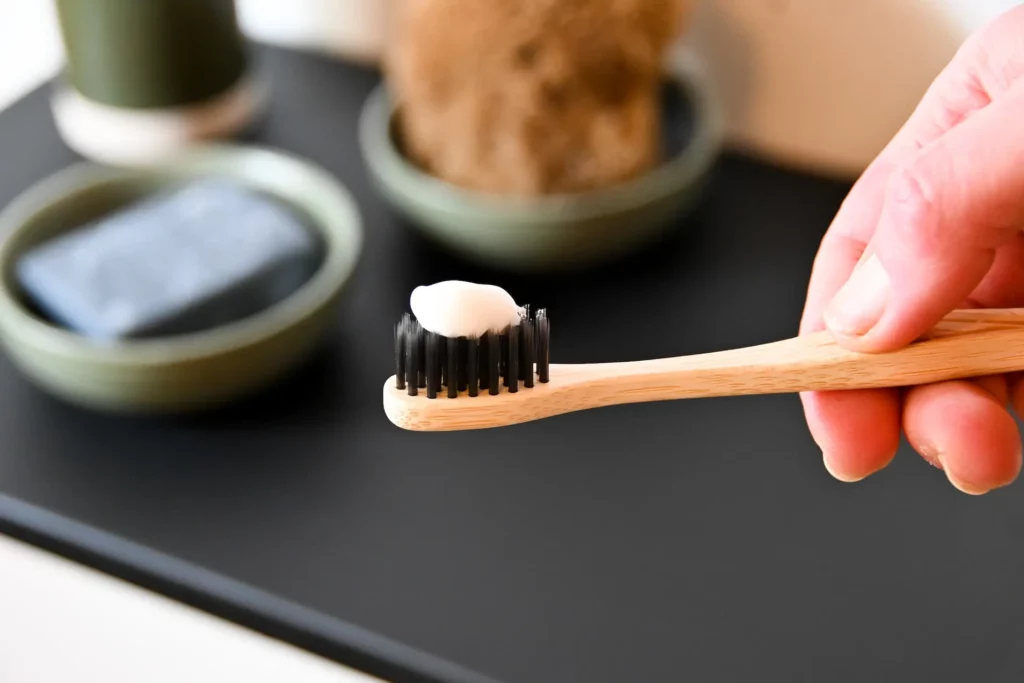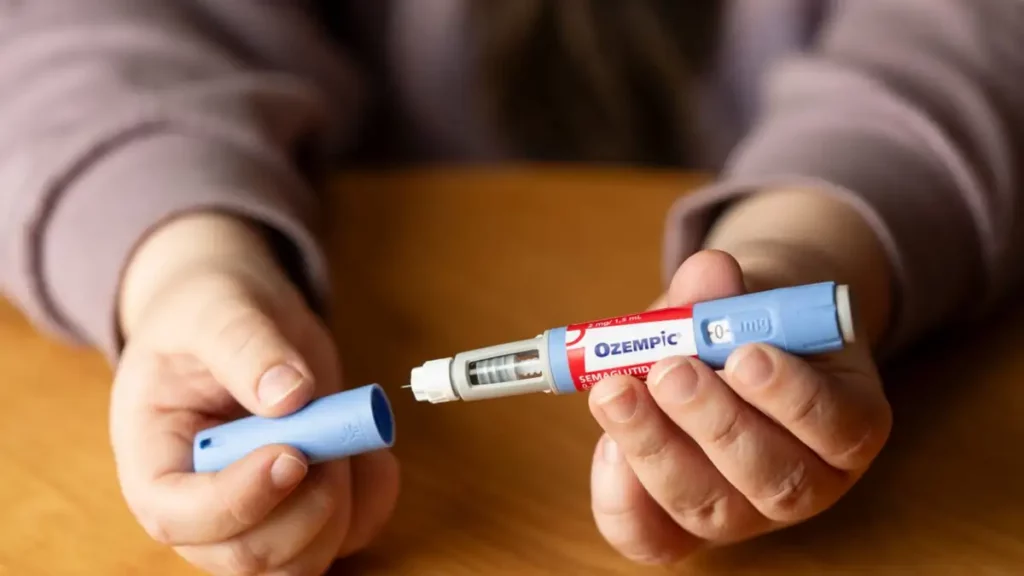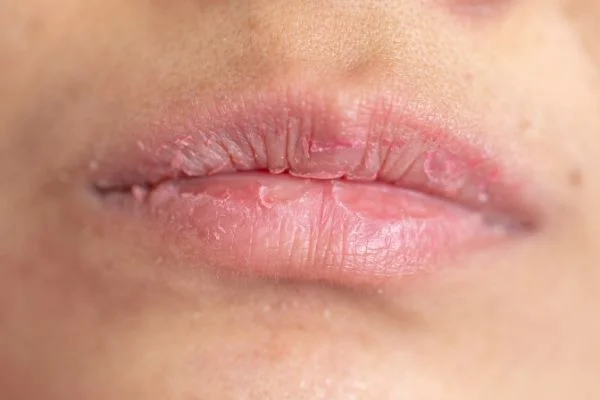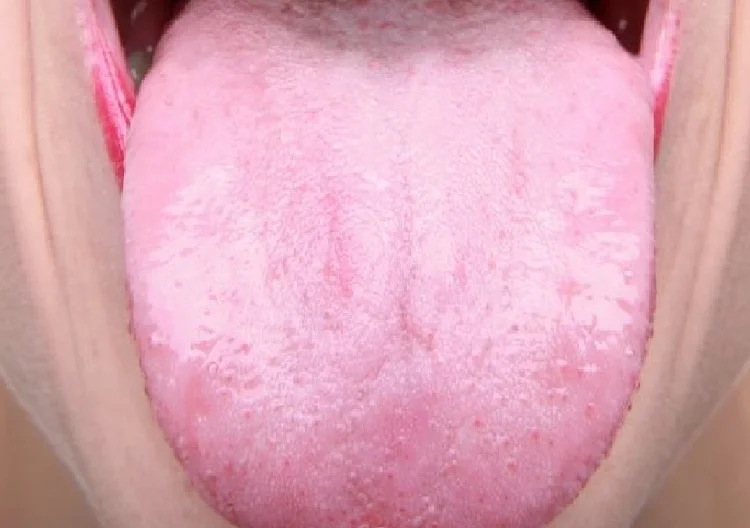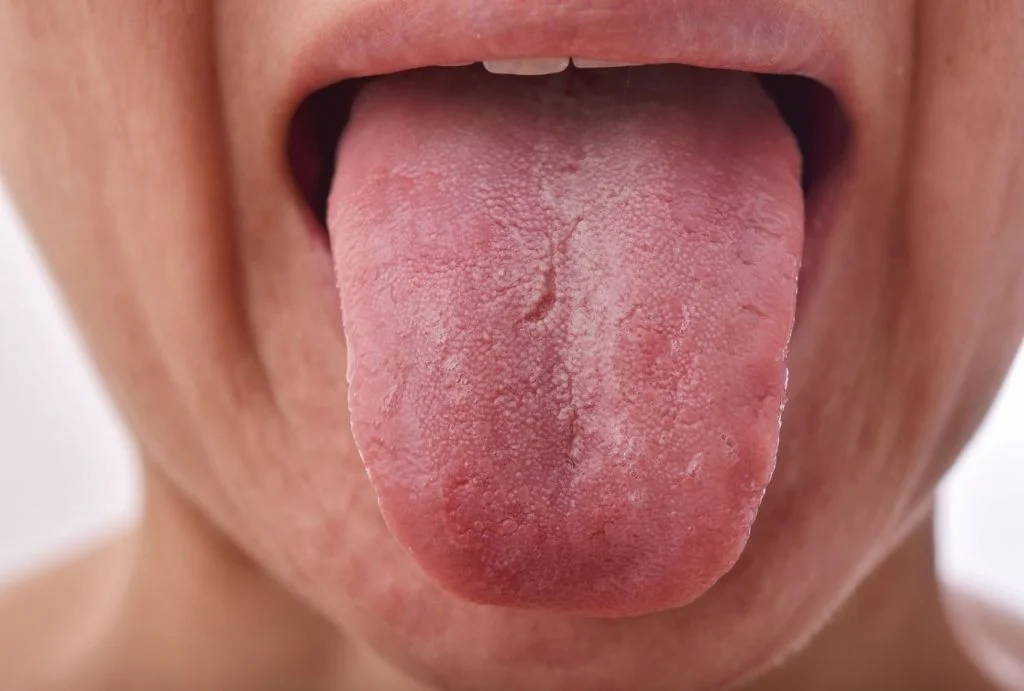Last Updated on: 19th September 2025, 12:31 pm
Getting wisdom teeth removed is a common procedure, but it often raises questions, especially about aftercare. One of the most common is: “Can I brush my teeth after wisdom teeth removal?”
We know that oral hygiene is always essential, but after a dental extraction, it becomes even more important. Cleaning your mouth properly—at the right time and with the right techniques—is key to avoiding infections, preventing complications like a dry socket, and ensuring a faster and more comfortable recovery.
In this article, we’ll show you exactly when and how to brush your teeth after wisdom teeth removal, what to avoid, and the best tips to keep your mouth clean and healing fast, without stress.
Can I Brush My Teeth After Wisdom Teeth Removal? How and When to Do It Safely
Maintaining good oral hygiene after a tooth extraction is crucial, but your mouth will need time to recover before you jump back into your usual routine. Here’s a simple, day-by-day guide to help you brush safely and keep your mouth clean while you heal.
First 24 hours: be extra gentle
The first day is all about rest and healing. During this time, your body is working hard to form a protective blood clot at the extraction site. This clot is very important; it helps prevent bleeding, infections and painful complications like a dry socket.
So, on the first day:
- Don’t brush near the extraction site: Ideally, it’s best to avoid brushing the teeth near the extraction site for the rest of the first day. However, if you do choose to brush, make sure to stay far away from the surgical area. Use a soft-bristled toothbrush and gentle circular motions, and brush very carefully. Even light pressure near the wound could dislodge the blood clot and interfere with healing.
- Skip the straws, swishing, suction motions, or spit with force: Let toothpaste or rinse water simply fall out of your mouth. Any kind of suction or pressure in your mouth can cause those blood clots to come out.
- To freshen up around the area, you can gently dab with a clean, damp gauze, never directly on the extraction site.
Day 2 to 4: start brushing carefully
Unless your dental surgeon advises otherwise, you can begin brushing your teeth the day after the extraction, but still with caution.
- Continue avoiding direct contact with the wound, then clean the other teeth and the tongue.
- Use a manual toothbrush (not electric), soft or extra-soft bristles, with no pressure. Stick to gentle, slow brushing, focusing on teeth away from the extraction area.
- Use a gentle, non-whitening toothpaste without strong flavors.
- You can begin gentle rinses with warm salt water or antiseptic mouthwash if your dentist recommends it,: just tilt your head side to side, then forward to let the liquid drain naturally (don’t spit!).
- Flossing is okay too, just be extra careful.
Day 5 to 7: back to routine (but gently)
By this time, your mouth should be healing well. Swelling usually begins to fade, and if there are no signs of pain or infection, you can begin brushing more normally, but still gently.
- Avoid aggressive brushing or strong toothpastes.
- If you have stitches or lingering discomfort, continue to avoid the extraction site until your dentist gives you the green light.
Full recovery usually takes about 7 to 10 days for the swelling to go down and up to 2 weeks for the area to fully heal. If you feel unsure or experience any pain, don’t hesitate to reach out to your dentist or oral surgeon.
Brushing too soon: what’s the risk?
Brushing too early or too aggressively after a tooth extraction might seem harmless, but it can lead to one of the most painful post-surgery complications: dry socket.
A dry socket happens when the protective blood clot is lost before the wound has healed. This leaves the bone and nerves exposed, leading to sharp, persistent pain that can radiate to your ear or jaw.
Signs of dry socket
- Severe pain starting a few days after the extraction
- Bad taste or foul odor in the mouth
- Visible bone at the extraction site
- Slow or halted healing
How to prevent dry socket
Dry socket is easy to prevent with a few simple precautions:
- Don’t spit or rinse forcefully
- Don’t use straws for at least 3–5 days
- Avoid smoking or vaping, which can also dislodge clots
- Be gentle when brushing around the extraction area
- Always follow your dentist’s aftercare instructions.
A little patience goes a long way, taking care in those early days can save you from unnecessary pain and a delay in healing.
Best oral hygiene practices after wisdom teeth removal
Once you’ve passed the initial healing stage, it’s still important to stay cautious. A clean mouth means fewer chances of infection and a smoother recovery overall.
Brushing tips for a safe recovery
- Use a soft-bristled manual toothbrush: Avoid electric toothbrushes during the first week, as their vibrations can disturb the healing site.
- Brush gently after every meal: Use light, circular motions and avoid applying pressure, especially near the extraction area or stitches. Think of it more like a gentle massage than a deep scrub.
- Avoid brushing directly over stitches or the socket: Getting your brush caught in the sutures can be uncomfortable and may delay healing.
- Keep a consistent routine. Don’t skip brushing out of fear; just adapt your technique to your specific healing stage.
- Ask your dentist about antimicrobial mouthwash: If recommended, this can help reduce bacteria while you avoid brushing near the wound.
How to rinse safely
About 36 hours after surgery, you can begin rinsing gently to keep the area clean and reduce inflammation. One of the easiest and most natural methods is a warm salt water rinse.
To do it safely:
- Mix 1 teaspoon of salt into a glass of warm (not hot) water.
- Fill your mouth halfway and gently tilt your head from side to side, no swishing or gargling.
- Let the water fall out naturally by leaning forward, don’t spit forcefully.
You can do this 3–4 times a day or as directed by your dentist. It helps keep the area clean, soothes discomfort, and supports healing.
What to eat and what to avoid
What you eat plays a big role in how well and how fast you recover.
- Avoid: Hard, crunchy, or sticky foods like chips, nuts, popcorn, and chewy candy. Also, hot drinks and alcohol, which can irritate the wound and slow down healing.
- Choose: Soft, lukewarm foods such as yogurt, smoothies, mashed potatoes, oatmeal, scrambled eggs, or applesauce. These are gentle on your gums and packed with nutrients that help your body heal.
Proper nutrition and careful hygiene are key to a good recovery. You just need patience and attention at every step. By following these tips, you will be taking care of your mouth safely and effectively.
Signs of proper healing and when to seek help
Your body is pretty good at letting you know when things are going well or when they’re not.
Signs your mouth is healing well
- Swelling and pain are decreasing: A bit of discomfort is normal, especially during the first 2–3 days, but it should gradually lessen over time.
- No heavy bleeding: Light bleeding or pink saliva on the first day is okay, but it shouldn’t continue after that.
- Tissue is forming over the socket: A white or yellowish film over the area can be part of the normal healing process, it’s not pus!
When to contact your dentist
If any of the following happens, it’s time to check in with your dentist:
- Pain that doesn’t improve or gets worse after 3–4 days
- A foul smell or taste that won’t go away
- Swelling that gets worse or spreads
- Continuous bleeding even after applying pressure with gauze
These could be signs of infection or dry socket, and it’s better to treat them early.
Conclusion
So, can you brush your teeth after wisdom teeth removal? Absolutely, but timing and technique are everything.
During the first 24 hours, your main job is to let your mouth rest and protect those all-important blood clots. After a day or two, you can gently ease back into brushing, focusing on the parts of your mouth away from the surgical site.
With proper care, gentle brushing, smart food choices and a little patience, you’ll recover smoothly and be back to your normal routine in no time. If something goes wrong, remember that your dentist will always be there to help you.
Frequently Asked Questions
When can I go back to using an electric toothbrush?
Can I use mouthwash instead of brushing?
What if I accidentally brush the extraction site?
Why do I see a white or yellow layer where the tooth was?
Can I use water flossers after wisdom teeth removal?
Share
References
1. Cleveland Clinic Professionals. (2023, 22 May). Wisdom teeth removal. Cleveland Clinic. https://my.clevelandclinic.org/health/treatments/22119-wisdom-teeth-removal
2. Goswami, A., Ghorui, T., Bandyopadhyay, R., Sarkar, A., Ray, A. (2020). A General Overview of Post Extraction Complications- Prevention, Management and Importance of Post Extraction Advices. Fortune Journal of Health Sciences 3: 135-147. https://www.fortunejournals.com/articles/a-general-overview-of-post-extraction-complicationsprevention-management-and-importance-of-post-extraction-advices.html
3. Norris, T. (2023, 10 February). 6 Ways to Prevent Dry Socket. Healthline. https://www.healthline.com/health/how-to-prevent-dry-socket
4. Rakhshan, V. (2015). Common risk factors for postoperative pain following the extraction of wisdom teeth. Journal Korean Association of Oral and Maxillofacial Surgery, 2015;41:59-65. https://synapse.koreamed.org/upload/synapsedata/pdfdata/3070jkaoms/jkaoms-41-59.pdf
5. Sissons, C. (2024, 19 June). Timeline and healing for wisdom tooth recovery. https://www.medicalnewstoday.com/articles/321657
-
Dr. Yeidy Carolina Mesa [Author]
DDS Yeidy Carolina Mesa Passionate Dentist | Advocate for Accessible Oral Health Education Graduating from Universidad CES in 2022, I am a dedicated general dentist with a lifelong passion for helping others and making a meaningful impact in the world. My journey into dentistry began at the age of 7, inspired by my own experience with braces and overcoming a fear of the dentist. This personal journey shaped my mission to help patients conquer their own dental anxieties and embrace a healthier,...
View all posts
-
Nayibe Cubillos M. [Medical Reviewer]
Pharmaceutical Chemestry |Pharmaceutical Process Management | Pharmaceutical Care | Pharmaceutical Services Audit | Pharmaceutical Services Process Consulting | Content Project Manager | SEO Knowledge | Content Writer | Leadership | Scrum Master
View all posts
A healthcare writer with a solid background in pharmaceutical chemistry and a thorough understanding of Colombian regulatory processes and comprehensive sector management, she has significant experience coordinating and leading multidisciplina...

